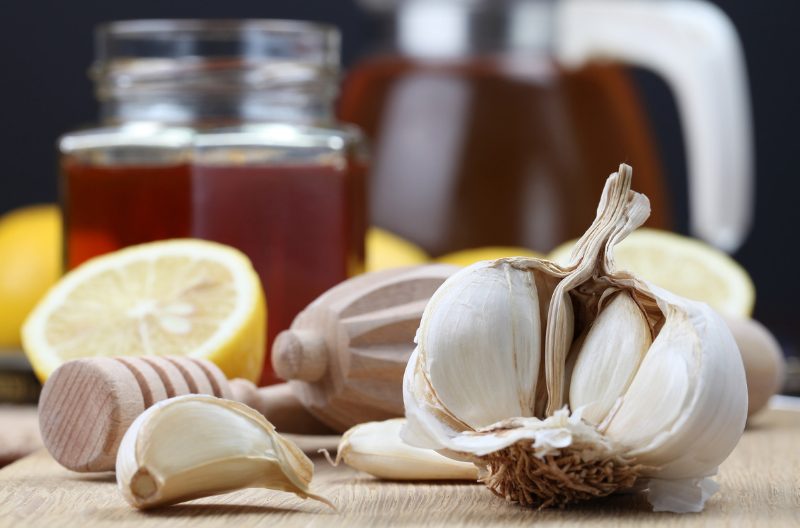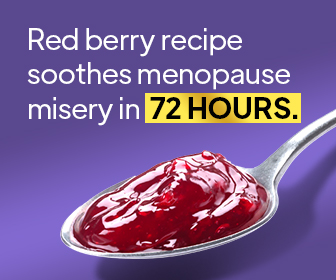When you’re sick with a virus or infection, you might find that the doctor prescribes you medical antibiotics. While these prescription drugs can fight off harmful bacteria, they also boast a range of nasty side effects. Using natural antibiotics, which you likely already have in your home, could be a safer and more holistic way to go. Here’s everything that you need to know about how to get started.
What Are Natural Antibiotics?
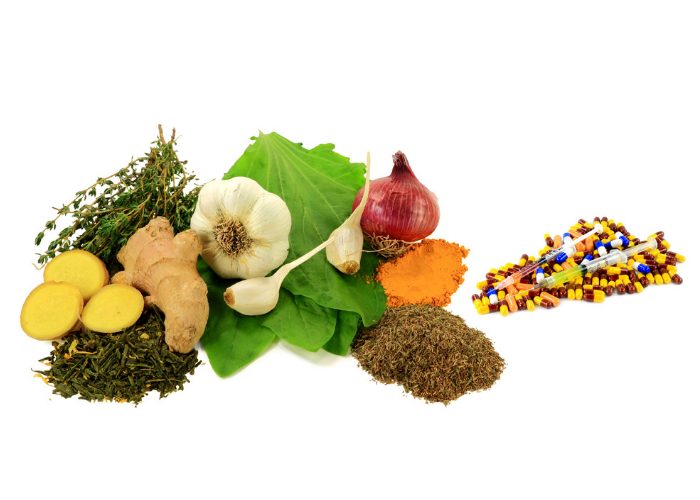
There’s a lot of evidence to suggest that prescription antibiotics could have some uncomfortable and painful consequences. For example, you might experience bloating, indigestion, vomiting, and a loss of appetite, according to the NHS.[1] What’s more, one in 15 people may also have an allergic reaction to this type of medication.[2]
For that reason, some people prefer to use natural antibiotics to treat some of the most common infections. These alternative forms of medicine can yield similar results to medicinal antibiotics but don’t tend to have the negative side effects. Understanding what the strongest natural antibiotics are and how to use them will mean that you can treat your illnesses naturally. Believe it or not, there are many ingredients and products hiding in your home that might just do the trick.
Which Are the Strongest Natural Antibiotics?
Now that you understand why people may want to use ingredients that have antibiotic properties, let’s take a look at some of the facts. Within this piece, we will explore some of the strongest natural antibiotics, what the current research says about them, and how you might use them in your everyday diet and recipes.
Garlic
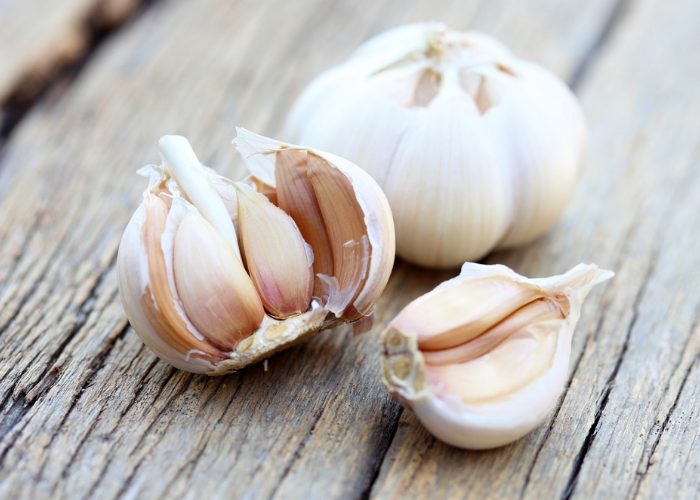
Commonly Used For:
Garlic is one of the most effective natural antibiotics when it comes to fighting bacteria, such as E. Coli and Salmonella. Adding it to your diet could help your body build up resistance to these harmful and dangerous bacteria.
What the Science Says:
Research published in the US National Library of Medicine suggests that garlic could have a range of therapeutic benefits including a range of antibacterial properties.[3] Experts believe that the allicin found in garlic could be the underlying reason for its effects. Of course, more research is needed to find out what further benefits the ingredient has.
How to Take it:
Chewing on a peeled clove of garlic is the quickest way to start gaining benefits. However, raw garlic can be particularly sharp and difficult to eat. Alternately, you can use it in recipes or boil it up to make a tea-like drink from it. However, if you are on prescription medication, you might want to speak to your doctor before taking garlic extract.
Recipes with Garlic to Try at Home
Garlic Tea Drink
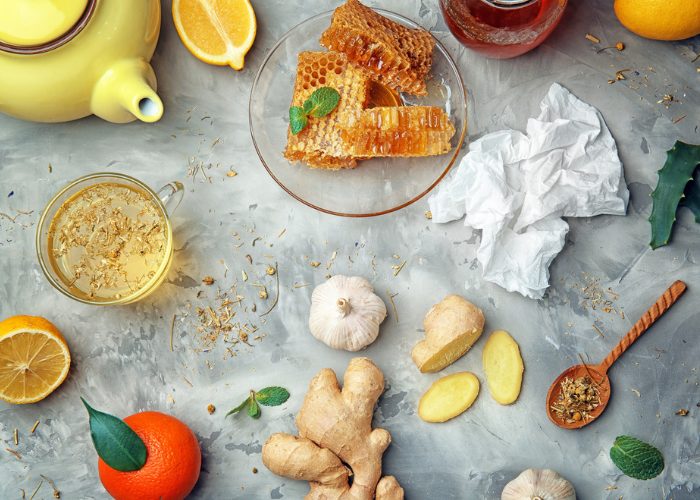
Make Time: 5 minutes | Serves: 1 | Calories per serving: 45 kcal
Equipment: Large pan, large mug, knife, chopping board, and sieve
Ingredients
- 5 garlic cloves
- 1 tsp honey
- 1 tsp lemon
- 300 ml water
Directions
- Peel and chop the garlic cloves into thin pieces.
- Put the water in the pan and bring it to the boil.
- Add the garlic and leave to simmer for three minutes.
- Use the sieve to strain the drink into the large mug.
- Stir in the honey and lemon to taste.
Simple Garlic Bread

Cook Time: 5 minutes | Serves: 2 | Calories per serving: 293 kcal
Equipment: Knife, chopping board, toaster, and plate
Ingredients
- 6 garlic cloves
- 120g ciabatta bread
- 2 tbsp olive oil
Directions
- Peel the garlic cloves.
- Slice the ciabatta and put in the toaster to brown.
- When the toast is done, rub the garlic over the coarse side of it.
- Drizzle with olive oil and serve.
Ginger
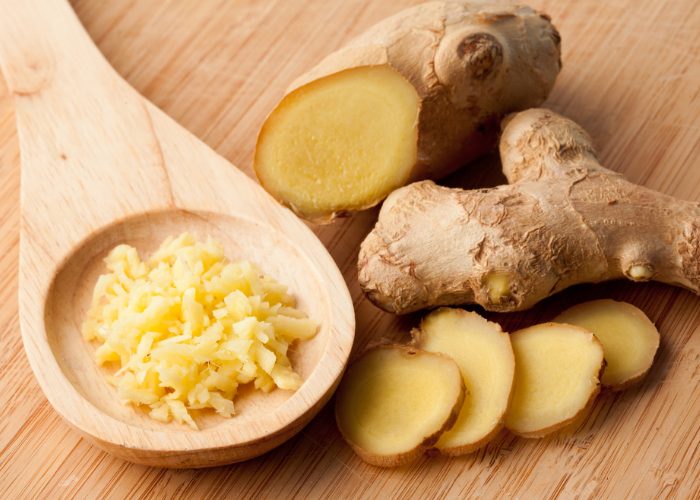
Commonly Used For:
Wondering how to get rid of a bacterial infection without antibiotics? Ginger could be the answer. This is one of the best natural antibiotic treatments and can be used when you have a variety of infections and viruses.
What the Science Says:
Research shows that ingesting garlic can help to protect your body against infections, such as E. Coli.[4] Ginger paste has been shown to have similar properties too. Aside from that, the root also inhibits the growth of bacteria, which could slow down viruses.[5]
Did you know that ginger can fight off E. Coli bacteria?[6]
How to Take it:
You can get fresh ginger roots in most supermarkets or opt for some paste if that’s easier for you. Needless to say, ginger works well with a wide variety of recipes and you can also add it to drinks to give them an extra kick. Alternately, you can get a ginger shot drink.
Recipes with Ginger to Try at Home:
Strawberry and Ginger Smoothie
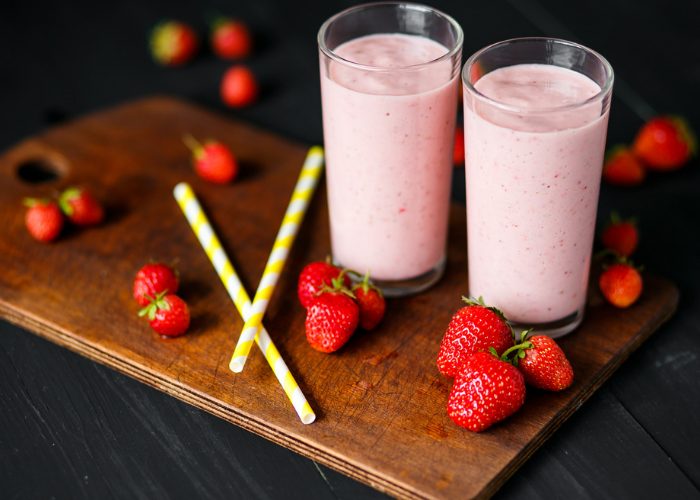
Cook Time: 5 minutes | Serves: 2 | Calories per serving: 176 kcal
Equipment: Knife, chopping board, and blender
Ingredients
- 2 tbsp ginger paste
- 300g strawberries
- 2 tbsp lemon juice
- 1 tbsp honey
- 200ml water
- Ice
Directions
- Wash and chop the strawberries into medium-sized chunks.
- Add the strawberries, water, ginger paste, lemon juice, and honey to a blender.
- Blend until smooth. Serve in a tall glass over ice.
Ginger and Mint Drink
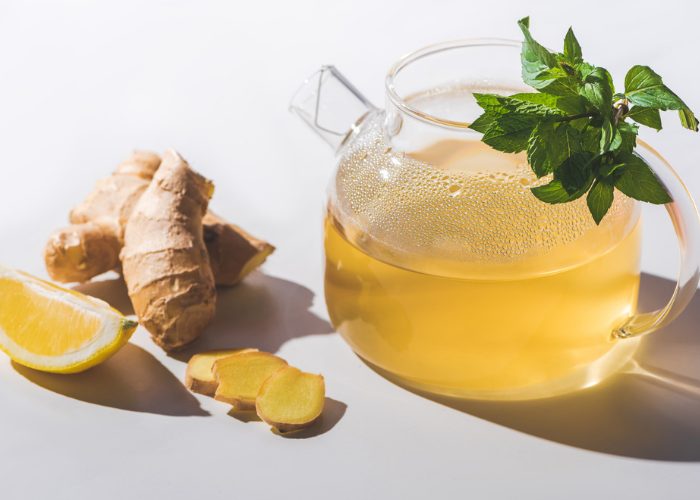
Cook Time: 5 minutes | Serves: 2 | Calories per serving: 89 kcal
Equipment: Knife, chopping board, grater, and large pan
Ingredients
- 50g ginger root
- 20g chopped mint
- 2 tbsp lemon juice
- 400ml water
Directions
- Peel and chop the ginger into chunks.
- Use the grater to grate the ginger into fine pieces.
- Put the water into the pan and bring it to the boil.
- Add the grated ginger, fresh mint, and lemon juice to the pan.
- Leave to stew for around four minutes and then serve.
If you want a drink with a weaker ginger taste, try a homemade lemon and ginger tea!
Cranberry
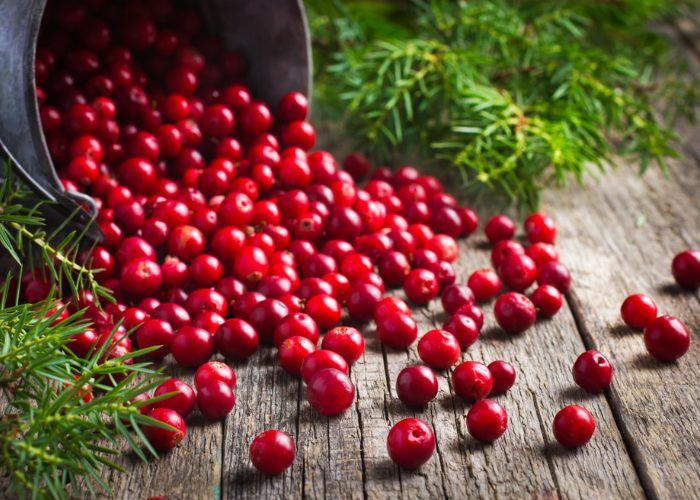
Commonly Used For:
If you’re looking for a urinary tract infections (UTI) treatment without antibiotics, you might have found it. Cranberry is one of the strongest natural antibiotics and it’s strikingly easy to use in your recipes.
What the Science Says:
Research from Worcester Polytechnic Institute suggests that cranberries can alter E. Coli bacteria and stop infections in their tracks.[7] That means that the ingredient can be used to fight kidney infections, UTIs, and tooth infections. When you’re thinking about how to get rid of a tooth infection without antibiotics, this could be a good option.
How to Take it:
Of course, one of the easiest ways to consume cranberries is to buy a punnet and eat them raw. You can add them to desserts or just have them as a snack. You could also put them in smoothies, your daily protein shake, or add them to your meal recipes.
Recipes with Cranberry to Try at Home:
Cranberry, Apple, and Spinach Smoothie
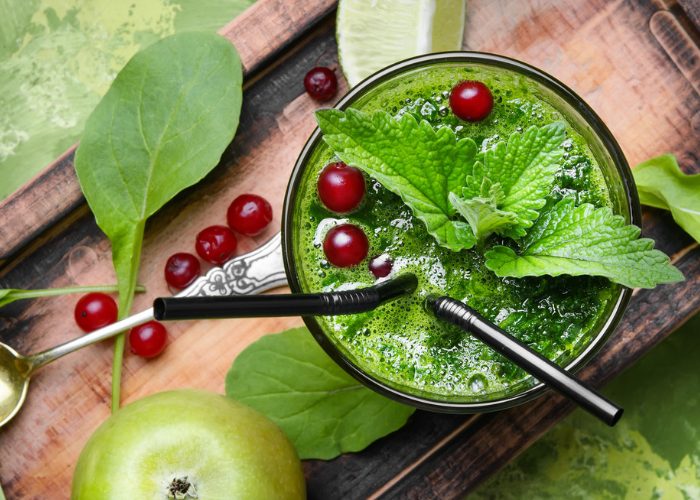
Cook Time: 5 minutes | Serves: 1 | Calories per serving: 196 kcal
Equipment: Knife, chopping board, and blender
Ingredients
- 200g cranberries
- 100g apples
- 100g spinach
- 1 tbsp lemon juice
- 1 tbsp yogurt
- 300ml water
- Ice
Directions
- Peel the apples and chop it into small chunks.
- Wash and slice the spinach. Wash the cranberries.
- Add the cranberries, apples, spinach, lemon juice, yogurt, and water to a blender.
- Blend until smooth and then serve over ice.
Pro Tip: If you’re vegan or following a plant-based diet, why not swap the yogurt for an alternative? Plant-based milk, such as oat milk, works well!
Quinoa and Cranberry Salad
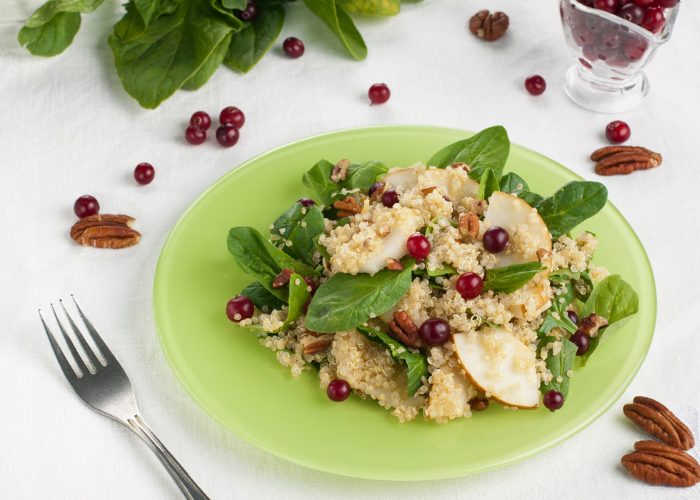
Cook Time: 20 minutes | Serves: 2 | Calories per serving: 761 kcal
Equipment: Large pan, large pot, and sieve
Ingredients
- 200g quinoa
- 300g chopped cranberries
- 200g canned chickpeas
- 1 tbsp paprika
- 1 tbsp honey
- 150g kale
- Water
Dressing Ingredients
- 1 tbsp chili oil
- 100ml lemon juice
- 1 tbsp honey
Directions
- Put some water in the pot and bring it to the boil. Put the quinoa in the pot and leave to simmer for around 20 minutes.
- While the quinoa is cooking, put a dash of water in the pan and put it on medium heat.
- Drain the canned chickpeas and add them to the pan. Add the paprika and honey to coat the chickpeas and cook for around seven minutes. Take them off the heat.
- To make your dressing, combine chili oil, lemon juice, and honey. Mix well.
- Wash and drain the cranberries and kale.
- When the quinoa is cooked, drain it.
- Add the quinoa, spiced chickpeas, chopped cranberries, and kale to a large bowl.
- Drizzle on the salad dressing and serve.
Honey
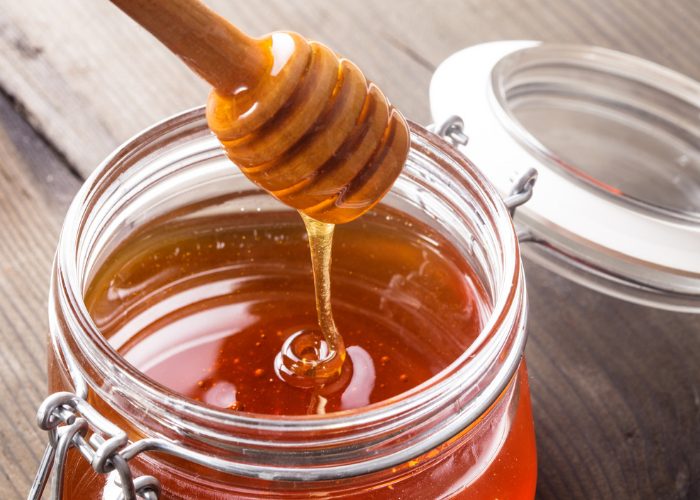
Commonly Used For:
Honey is one of the best natural antibiotic treatments to use when you have wounds, sores, and cuts. The treatment can help you to fight off infections and protect your body against a range of viruses. You can use it as an ointment or ingredient.
Pro Tip: Honey can even be used to help with a range of skin ailments. Try making a DIY Chamomile Honey Face Mask to see for yourself just how good for your skin it is!
What the Science Says:
In perhaps one of the most enlightening studies when it comes to honey, experts found that honey can stop around 60 different types of bacteria.[8] That in itself makes it one of the most potent natural antibiotics you can get. Clinical trials have also found that honey can help to clear up infected cutaneous wounds while also improving tissue healing.[9]
How to Take it:
There are two major ways in which you can take honey. The first is to use it as an ointment. In that case, you should rub it directly into your wound or skin. You can also use honey as an ingredient and add it to your food and drink. You should try to use manuka honey wherever possible when trying to treat an infection.
Recipes with Honey to Try at Home:
Honey Roasted Parsnips
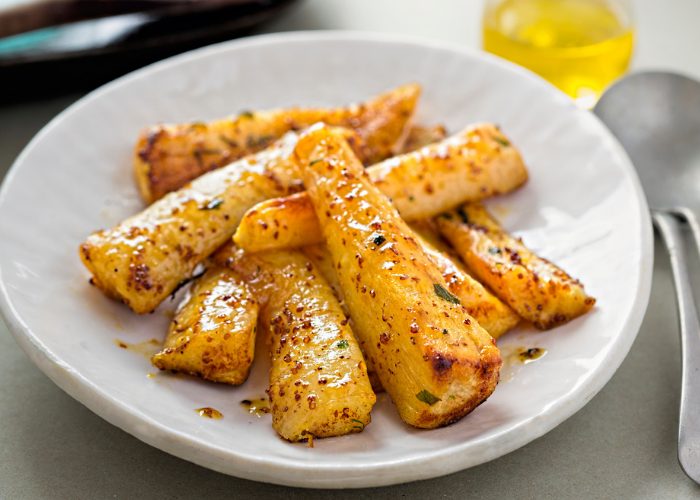
Prep Time: 5 minutes | Cook Time: 35 minutes | Serves: 2 | Calories per serving: 303 kcal
Equipment: Large baking tray, oven, large pot, knife, chopping board, mixing bowl, and spoon
Ingredients
- 300g parsnips
- 2 tbsp honey
- 1 tsp chili flakes
- 2 tbsp olive oil
- 1 tsp cumin seeds
- 1 tsp chopped parsley
- Water
Directions
- Preheat the oven to 400°F. Wash and chop the parsnips.
- Put some water in a large pot and bring it to the boil. Add the parsnips and cook for 10 minutes then drain.
- In a mixing bowl, add the honey, 1 tbsp olive oil, chili flakes, cumin seeds, and chopped parsley. Mix well.
- Use the rest of the olive oil to grease the baking tray. Add the parsnips to the tray. Drizzle over your honey and chili mixture.
- Put the tray in the preheated oven and cook for around 25 minutes, checking them regularly. Serve and enjoy!
Morning Honey Oats
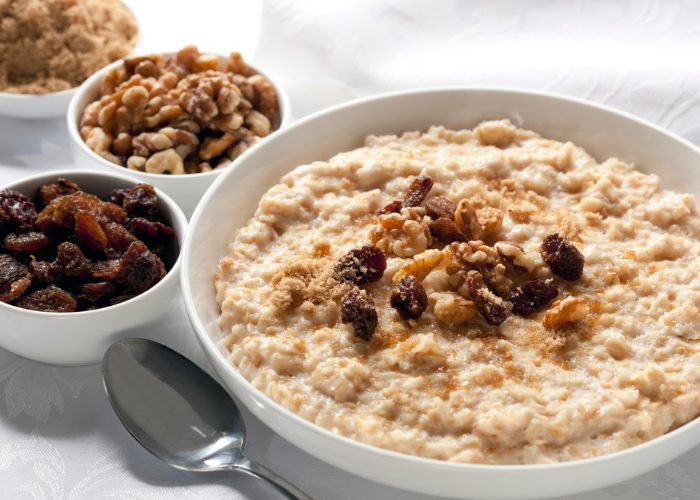
Make Time: 5 minutes | Serves: 2 | Calories per serving: 303 kcal
Equipment: Large pot and spoon
Ingredients
- 200g rolled oats
- 250ml whole milk
- 2 tbsp manuka honey
- 1 tsp cinnamon
- 50g raisins
Directions
- Put the milk in a large pot on a medium heat.
- Add the rolled oats, manuka honey, and cinnamon. Cook for around five minutes.
- Top with raisins and serve.
Tea Tree Oil
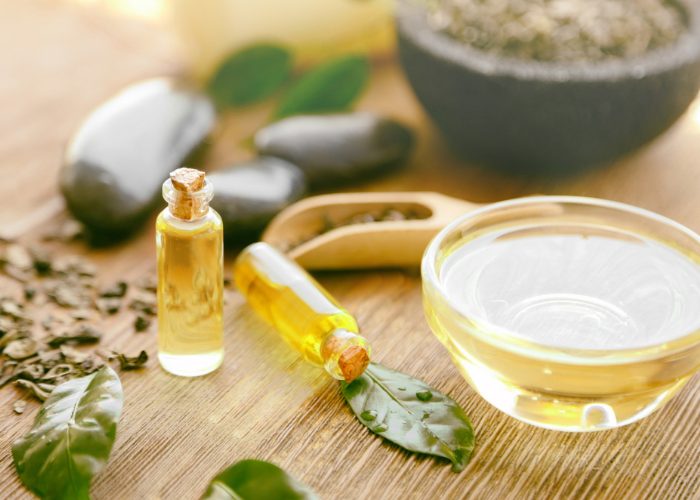
Commonly Used For:
Want to know how to get rid of BV without antibiotics? Tea tree oil is an effective antibiotic that you can use for bacterial vaginosis. However, the uses for these natural antibiotics don’t stop there. You can also use this oil to treat acne since it has antibacterial and anti-inflammatory properties too.
What the Science Says:
There has been a whole load of research into the benefits of tea tree oil and how it could help people. For instance, one study from The University of Western Australia found that using tea tree oil could get rid of bacterial vaginosis.[10] Research also suggests that using this oil on the skin can help to relieve eczema.
How to Take it:
If you’re hoping to use tea tree oil as a skin treatment, the best thing you can do is mix a few drops into your facial cream. Apply to your skin only after you have washed and cleansed the area. You can also breathe in the fumes from the oil as well.
Note: You should not ingest tea tree oil. If you would like to use the oil as part of your holistic health routine, it should only be used externally, like in a natural skincare product.
Oregano
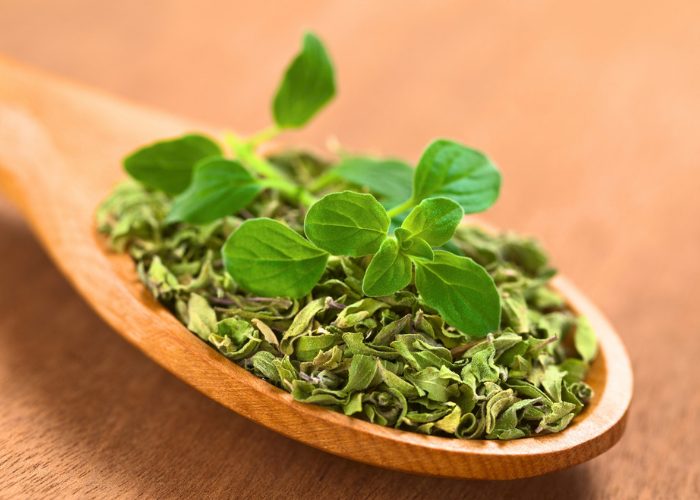
Commonly Used For:
Adding oregano to your food plan could be a smart way to boost your immune system and help you to get more out of your diet. The herb is thought to have antibacterial, antibiotic, and anti-inflammatory properties. For that reason, it is one of the most accessible natural antibiotics for infection types out there.
What the Science Says:
There is a load of positive research into what you can gain from using oregano. Research suggests that oregano is one of the strongest natural antibiotics and may be more effective than other options.[11] That means that adding the natural antibiotic food ingredient to your meals is one of the easiest ways to stay healthy.
How to Take it:
Getting dried oregano is the best way to go. You can then sprinkle them onto your food right before serving. You might also want to add them to recipes that you already know and love. A dash of oregano gives a hit of flavour and boosts your health.
Recipes with Oregano to Try at Home:
Chili and Tomato Pasta Sauce
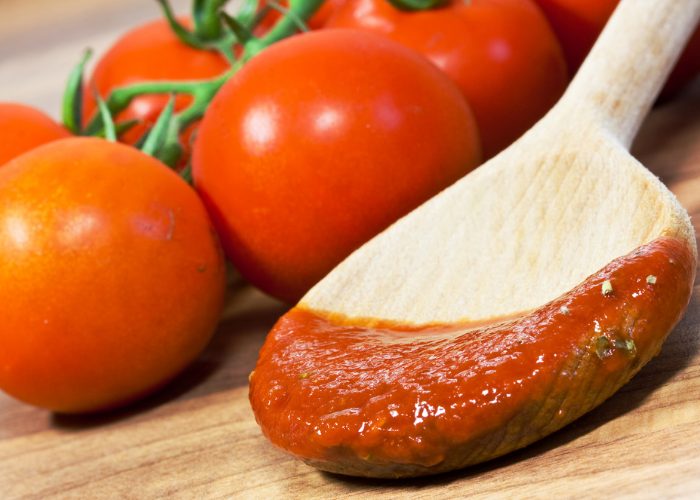
Cook Time: 10-15 minutes | Serves: 2 | Calories per serving: 91 kcal
Equipment: Large pan, spoon, chopping board, and knife
Ingredients
- 400g canned chopped tomatoes
- 100g red onions
- 1 tbsp chili powder
- 2 tbsp garlic powder
- 1 tbsp oregano
- 1 tbsp olive oil
Directions
- Peel and dice the onions.
- Put the olive oil in the large pan and put it on a medium heat.
- Add the onions and cook until they are translucent.
- Pour in the canned tomatoes and cook for five minutes.
- Add the garlic powder, chili powder, and oregano. Cook for a further five minutes and then serve.
Smoky Bean Stew
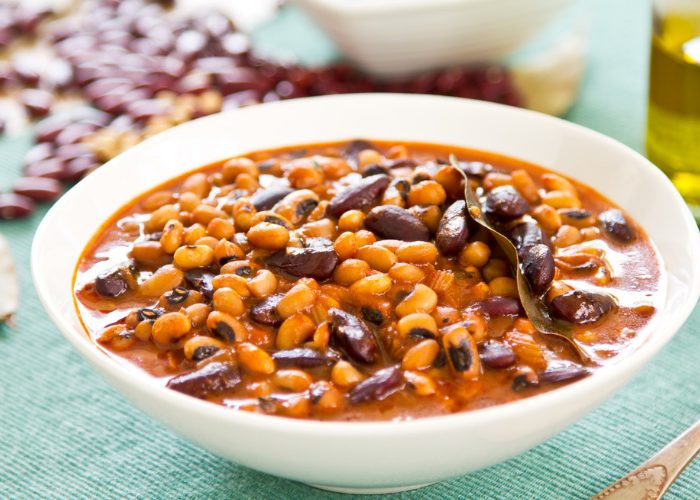
Cook Time: 20 minutes | Serves: 1 | Calories per serving: 412 kcal
Equipment: Large pot, medium pan, spoon, chopping board, and knife
Ingredients
- 400g canned chopped tomatoes
- 200g peppers
- 400g mixed beans
- 1 tbsp chili powder
- 2 tbsp paprika
- 1 tbsp oregano
- 1 tbsp olive oil
Directions
- Start by chopping the peppers as finely as possible.
- Heat the olive oil in a pan and then add the peppers. Cook the peppers for around 10 minutes or until soft.
- In a separate pot, add the chopped tomatoes, paprika, chili powder, and oregano.
- Drain the beans and then add them to the pot, along with the cooked peppers.
- Cook for around 10 more minutes and then serve with bread or toast.
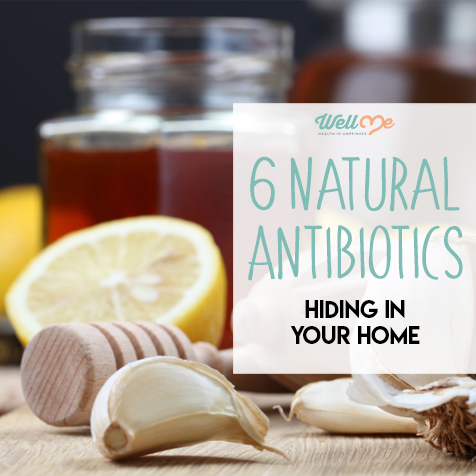
Conclusion
How many of these natural
antibiotics do you already have in your home? The chances are that you will
find more than a few of these hiding in your cupboards. With any luck, this
guide will have given you an overview of how you may use the natural
antibiotics and recipes in which you can include them. Try some of these
natural solutions for yourself and see whether they help to take care of your
viruses and infections.
References
- [1] https://www.nhs.uk/conditions/antibiotics/side-effects
- [2] https://www.nhs.uk/conditions/antibiotics/side-effects
- [3] https://www.ncbi.nlm.nih.gov/pmc/articles/PMC4103721
- [4] https://www.ncbi.nlm.nih.gov/pubmed/16366855
- [5] https://www.researchgate.net/publication/267779045_Antibacterial_activity_and_medicinal_properties_of_Ginger_Zingiber_officinale
- [6] https://www.ncbi.nlm.nih.gov/pubmed/16366855
- [7] https://www.sciencedaily.com/releases/2007/11/071113132240.htm
- [8] https://www.ncbi.nlm.nih.gov/pmc/articles/PMC3609166
- [9] https://www.ncbi.nlm.nih.gov/pubmed/23782759
- [10] https://www.ncbi.nlm.nih.gov/pmc/articles/PMC89050
- [11] https://www.ncbi.nlm.nih.gov/pmc/articles/PMC5486105

